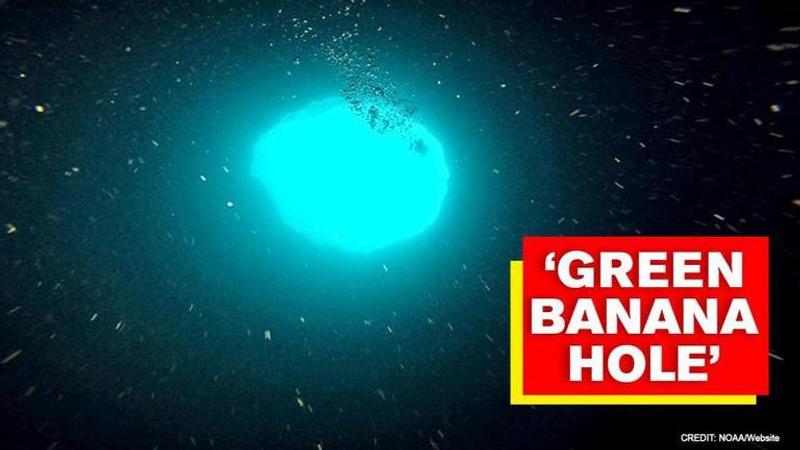Published 12:05 IST, July 23rd 2020
Scientists head to explore mysterious 425-feet deep 'blue hole' near Florida
In a bid to discover what lies at the bottom of blue holes, scientists are all set to embark on a fascinating journey to explore the Green Banana Hole.

Sinkholes are terrifying and they are not just confined to land as a similar phenomenon takes place in the ocean, creating mysterious ‘blue holes’. In a bid to discover what lies at the bottom of such holes, scientists are all set to embark on a fascinating journey to explore and uncover the secrets of the ‘Green Banana Hole’ which is situated on the continental shelf off the coast of Florida. As part of the ongoing three-year research project, the scientists aim to discover what kind of creatures can survive at the bottom of the blue hole.
The Green Banana Expedition is sponsored by the US National Oceanographic and Atmospheric Association (NOAA) and the project will comprise researchers from Mote Marine Laboratory, Florida Atlantic University, the Georgia Institute of Technology, and the US Geological Society. According to the official website of NOAA, the mission will deploy divers and monitoring equipment into Green Banana, which open up 47 metres below the sea surface, extending to a depth of about 130 meters.
The scientists will be testing the nutrient levels of the water as well as examining microbes they come across. Further, the research team will also be assessing whether the sinkhole is somehow connected to Florida’s groundwater system adjacent t the Gulf of Mexico.
The NOAA explained, “Blue holes are diverse biological communities full of marine life, including corals, sponges, mollusks, sea turtles, sharks, and more. The seawater chemistry in the holes is unique and appears to interact with groundwater and possibly aquifer layers. This link contributes to the knowledge of carbon cycling between surface and groundwater”.
It was noted that the last year the divers went down another similar but smaller hole called the Amberjack hole, which is also off the coast of Florida. While the previous expedition revealed the remains of two endangered small tooth sawfish, this times, the researchers are excited and curious about what they’ll find. From searching for new life and rare existent life, the researchers also hope to answer questions about whether the blue holes help provide nutrients and whether there is unknown microbe lurking down inside the hole.
Amberjack Hole expedition
According to NOAA, the samples recovered at Amberjack Hole have shown large amounts of dissolved inorganic carbon in the water, which the researchers say contributes to the carbon cycle, possibly as a food source for microbial populations. The scientists had noted the there were signs of nutrient flux travelling upward in the sinkhole, meaning that some food source could eventually emerge from the blue hole, even while other creatures slowly sink to the bottom. Furthermore, last year’s dive also isolated signals of groundwater in the blue hole, finding isotopes of radium and radon, which suggested that there could be an underwater connection linking the Floridan Aquifer to the Gulf of Mexico.
(Images: NOAA/Website)
Updated 12:05 IST, July 23rd 2020






